Use these tactics
Let’s explore these tactics with an example: Pip’s Cafe
Alex has previously suffered from burnout as the manager of Pip’s Cafe due to intense work pressures. See below how Alex uses these tactics to solve their problem.
1
Use Mad, Sad, Glad to focus on feelings
Use Mad, Sad, Glad to focus on feelings

👤 Who is needed? Just yourself
⏱️ How long is needed? 30 minutes
🧠 What’s the goal? Focus on how you are feeling.
👀 Why is this important? This tactic gives you a sense of your feelings towards your current projects and work. It will help you understand your emotions and wellbeing at the current time.
💡 Tip: before you start, do some deep breathing or a short meditation to centre yourself in the present moment.
Instructions
- Draw three columns on a large surface: (5 minutes)

- Write down what you’re mad, sad, or glad about (relating to your current work) on sticky notes. (10 minutes)
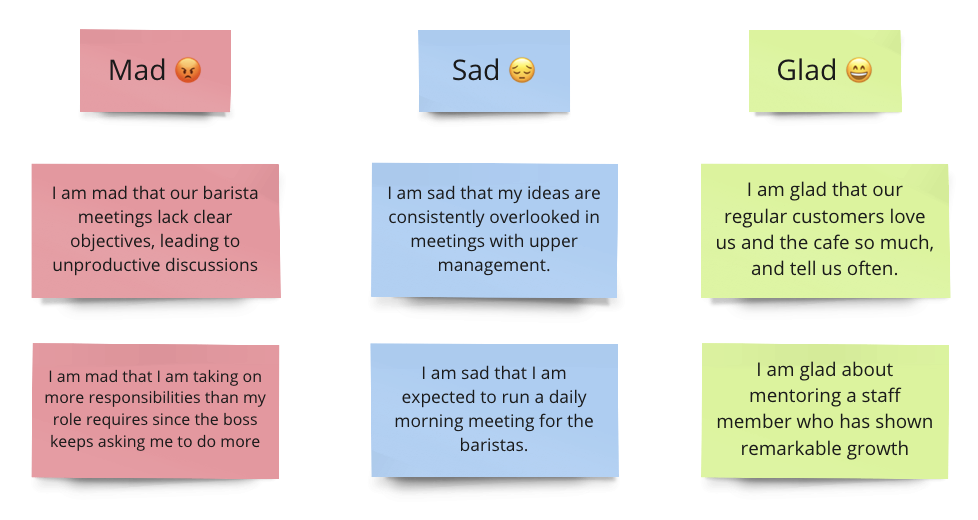
- Read everything you wrote out-loud to yourself, or a trusted person in your life, to get a holistic picture of where you really are right now. (10 minutes)
-
Ask yourself: (10 minutes)
What surprised me?
Example: I am surprised by the intensity of my emotions towards certain aspects of my job. For instance, I didn’t realise how deeply the unproductive meetings or the lack of support were affecting me.How would I describe myself at work right now in a sentence?
Example: I am a dedicated and hardworking cafe manager who is currently grappling with workload challenges and seeking more effective communication.⬇️ Now you have completed this retrospective about your recent experiences at work, it is time to use the Sad and Mad columns in the next tactic: Meeting Mincer.
2
Use Meeting Mincer to reclaim valuable time
Use Meeting Mincer to reclaim valuable time

👤 Who is needed? Just yourself
⏱️ How long is needed? 30 minutes
🧠 What’s the goal? Get rid of unnecessary meetings to reclaim valuable time.
👀 Why is this important? People spend hundreds of weeks in meetings over their careers, often losing precious hours that could be spent on more productive tasks. Use this tactic to optimise your schedule and create an environment where you – and others you work with – can get stuff done.
💡 Tip: have the Mad and Sad answers from the last tactic.
Instructions
-
Go through your calendar and note all recurring and scheduled meetings, including their purpose and attendees. Use the Mad and Sad answers to help guide you towards where to look for potential energy-drains first. (2 minutes)
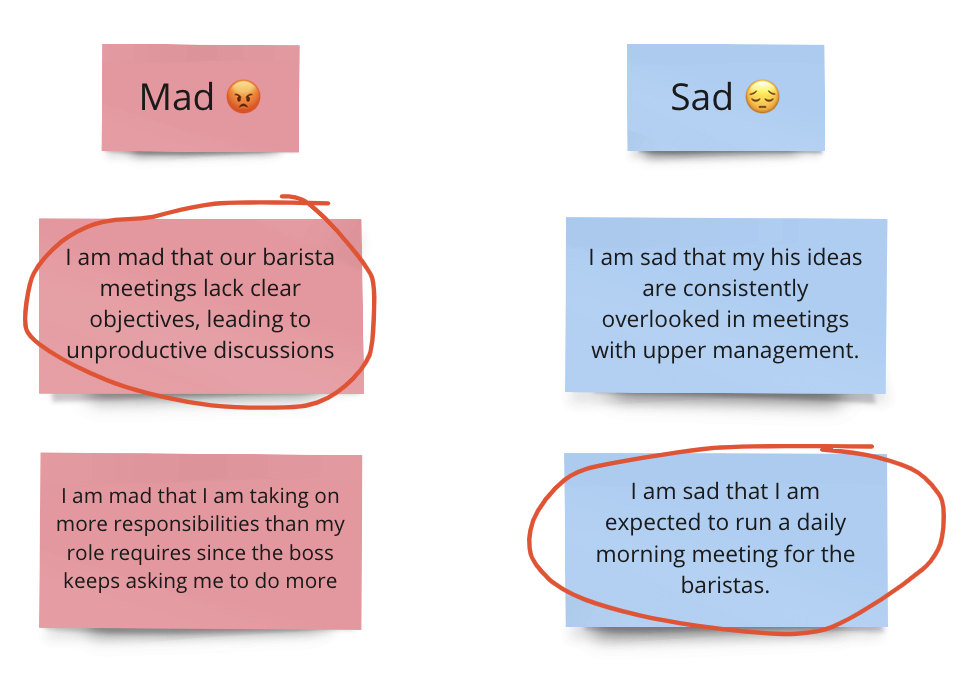
-
Ask yourself critical questions about each meeting. Be brutally honest. For each meeting, consider: (15 minutes)
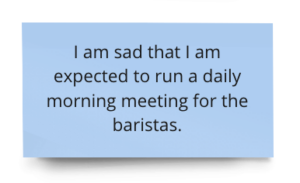
-
Is this meeting essential for achieving our goals?
Example: Mostly no, since these morning meetings were started when the barista’s were new, and now they are all well trained and need little support. -
Is this meeting consistently productive?
Example: No, since it tends to be someone complaining about something random since the baristas are in need of no support otherwise. -
Is this meeting happening at the right frequency?
Example: No, much to often. -
Would anyone complain if this meeting disappeared?
Example: Definitely not, since they all have to come in earlier to work in the morning. -
Can this meeting be replaced with a different communication method?
Example: Yes, we can have a complaint/issue channel that the baristas can me message me to deal with.
-
-
If there are any meetings that aren’t essential or consistently useful, cancel them and explain the decision to invited attendees. (10 minutes)
-
If there are any that happen more often than necessary, adjust the frequency. (5 minutes)
-
Meeting hygiene: in future, ensure that every meeting has a clear agenda and purpose. Outline discussion points and objectives beforehand.
⬇️ In the next tactic, now that you have cut meetings from your calendar and created a less hectic work schedule for yourself, it is time to learn your early-warning signals with Tripwires.
3
Use Tripwires to establish an early-warning system
Use Tripwires to establish an early-warning system
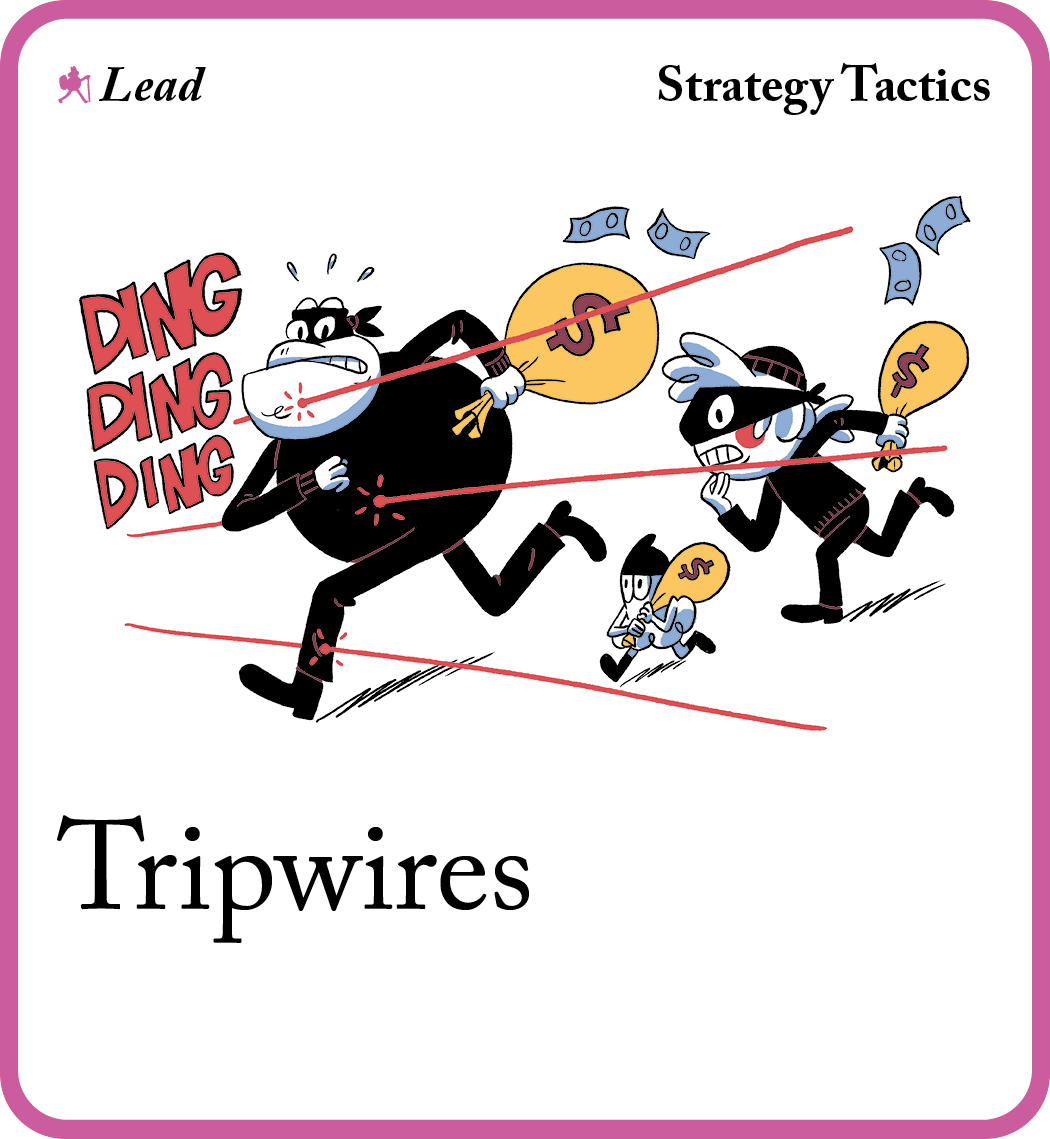
👤 Who is needed? Just yourself
⏱️ How long is needed? 15 minutes
🧠 What’s the goal? Set up an early-warning system to find out when change is on its way, so you can buy time to make a plan.
👀 Why is this important? Following conventional advice, we should plan ahead whenever we can. After all, proactive is better than reactive, right? But what if the possibilities to plan for are endless? Should we really spend all our time on ‘what ifs’ at the expense of getting things done right now? This tactic strikes a better balance by making it safe to delay planning efforts until there are tell-tale signs of change on the horizon.
💡 Tip: before you start, do some deep breathing or a short meditation to centre yourself in the present moment.
Instructions
In the last tactic, you cut no-longer-essential meetings from your schedule. It is now time to use what you learned about how you feel in the first tactic (Mad, Sad, Glad) to help you prevent burn out happening.
- Look for feelings or actions you have noted that could lead to burnout if left unchecked: (2 minutes)
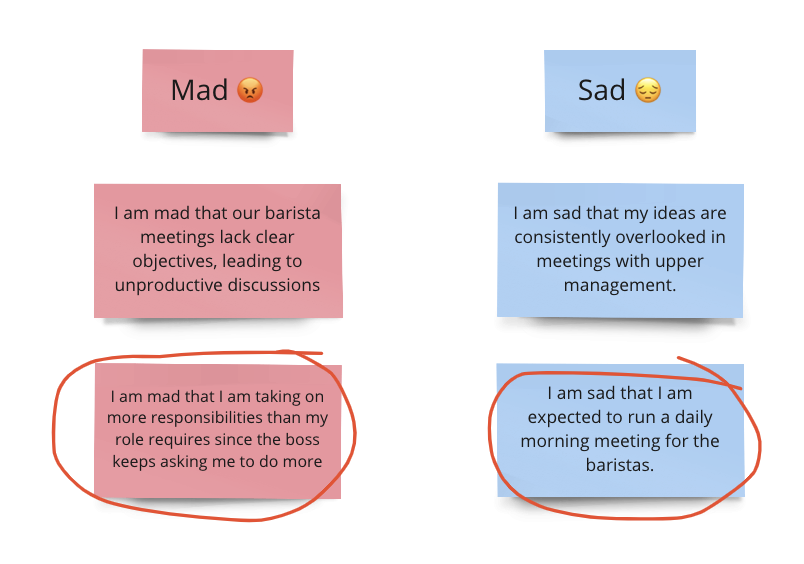
-
Write the following on sticky notes so you can move them around as you do this activity: (15 minutes)
a. Describe a future possibility that is worrisome. Place this on a sticky note on the right-hand side of the workspace.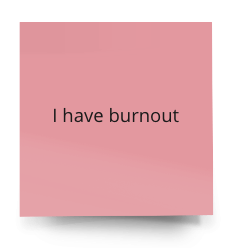
b. What happens just before the outcome becomes inevitable? Add that to your workspace, just to the left of the first sticky note. And what happens before that? (Add another sticky note to the left.) And before that? (Another sticky note.) Keep writing to build out the situation, going backwards in time.
c. Finally, how does it all start? What early warning signs could you see, long before things start to go wrong? Add this on the left-hand side of your workspace.
Tip: read everything you’ve written from left to write; it should make sense!
-
Use the template below to create a series of tripwires, and record them in the notes: (10 minutes)
I will check for [early-warning sign] every [frequency]. If the sign is there, I will start planning for the possibility of [worrisome outcome] happening.
Example:
I will check for [when my boss starts to demand more from me beyond my job role] every [week]. If the sign is there, I will start planning for the possibility of [burnout] happening. -
Monitor your trip wires by following the plan you described in the template. From the moment you’re alerted by a tripwire, make the most of the opportunity to change the direction away from a bad outcome.
-
Repeat this tactic multiple times to create a network of tripwires that covers all major worries and potential disasters.
⬇️ You have now some Tripwires in place to protect and prevent any potential burnout from happening at work.
What ways can I use this recipe?
- The complete loop: this means short, separate sessions for each of the three tactics over an extended period of days, or even weeks.
- Ongoing process: use these tactics regularly and consistently to maintain a great working environment for yourself.
Some tips
- Practice mindfulness and relaxation techniques. Incorporate mindfulness practices such as deep breathing, meditation, time in nature or gentle exercise like yoga (if you are able to) to calm your mind, reduce stress and enhance your ability to handle overwhelming situations.
- Seek support and delegate. Don’t hesitate to reach out to friends, family or colleagues for support, and delegate tasks when possible to lighten your workload, ensuring you also set aside time for adequate rest and activities that bring you joy.
What next?
Congratulations! You have completed a round of How to prevent burnout ! You have focussed on your feelings, reclaimed valuable time and established an early-warning system. Make sure you say no, if appropriate, to things that will harm your mental wellbeing. Use your Tripwires consistently to prevent burnout before it even starts.

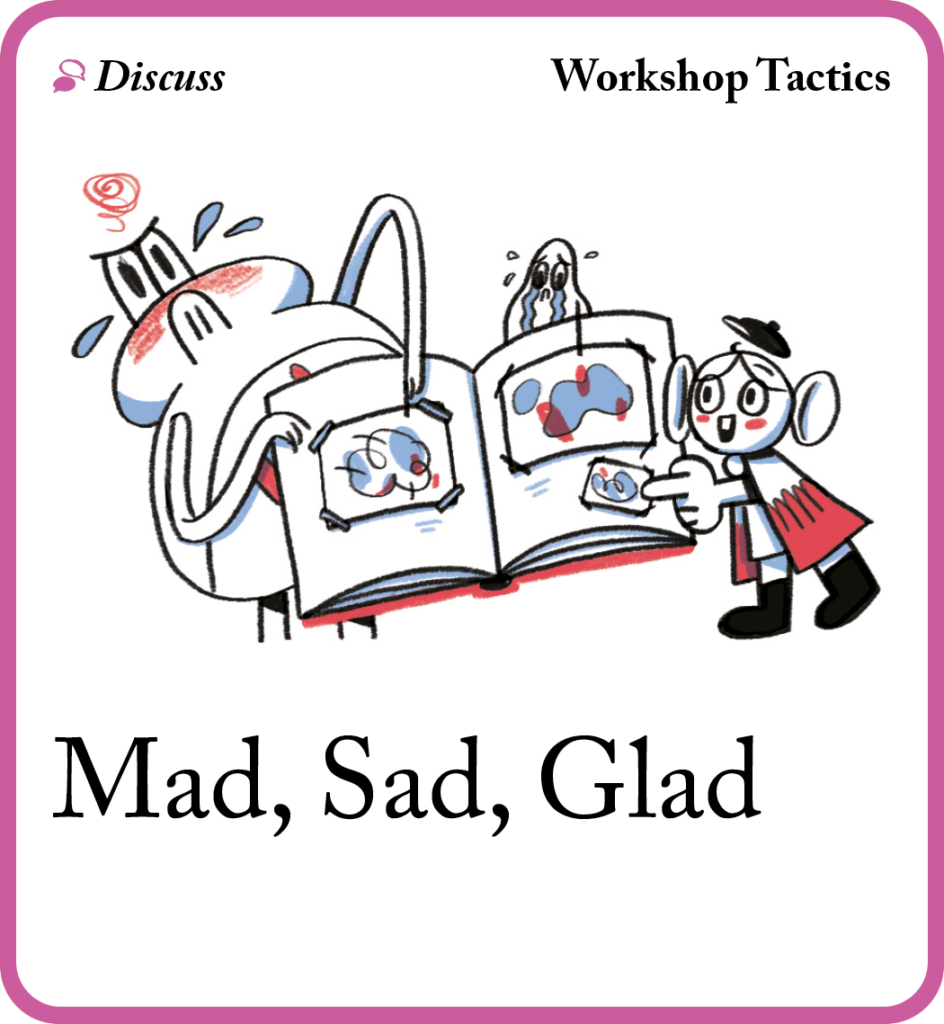
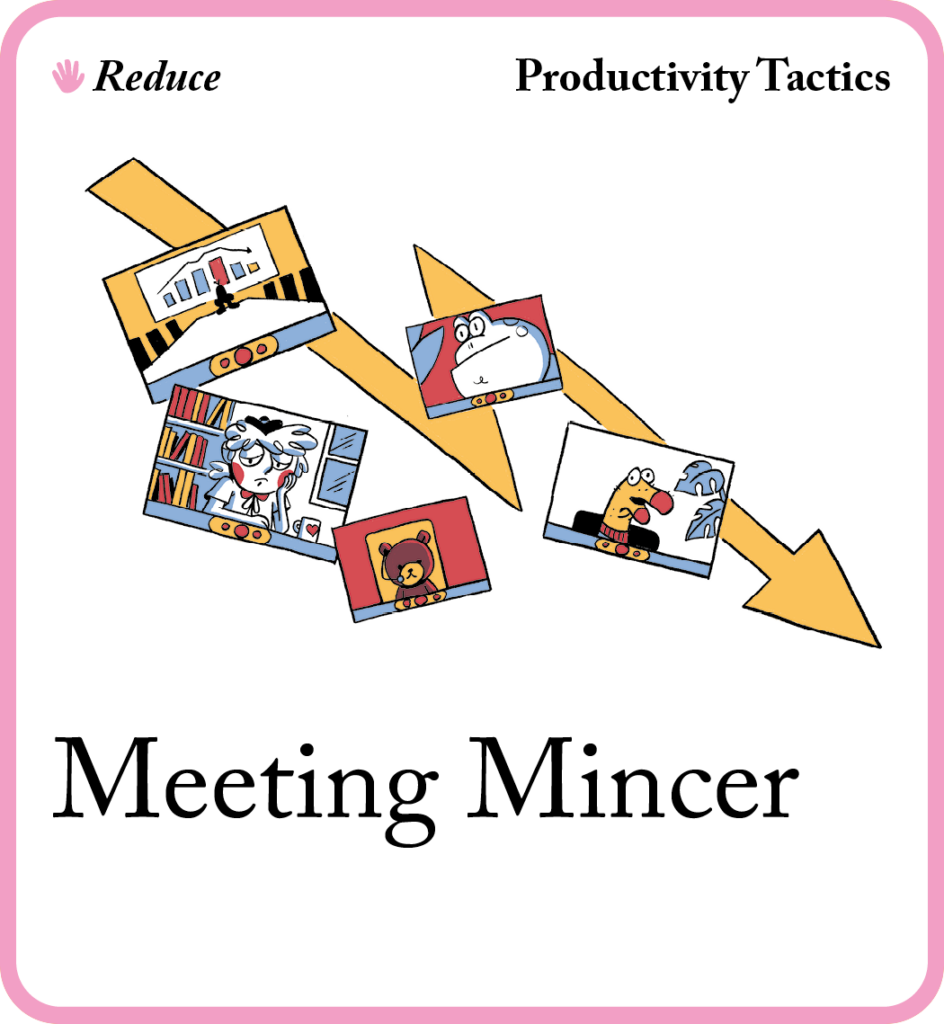
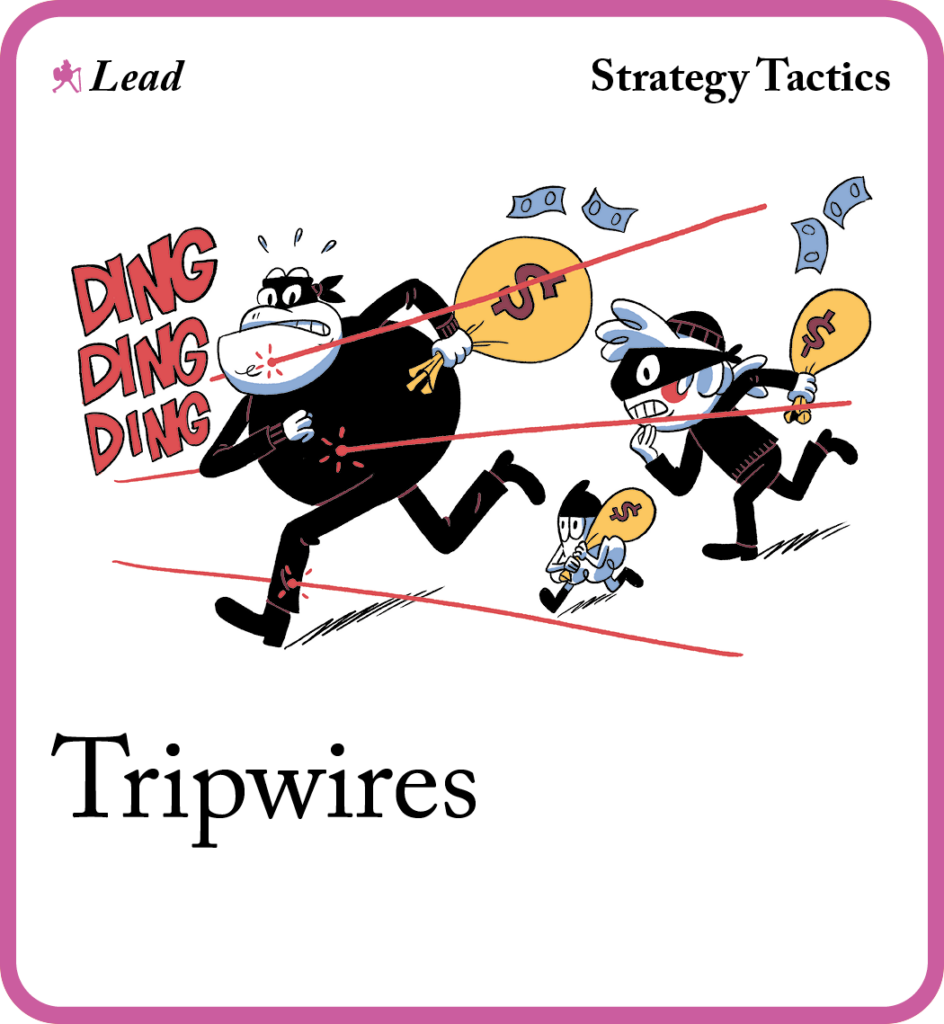
Thank you! I really needed this. I have experienced burnout before and never again want to go there. Will use.
I found this particularly interesting and shared with colleagues. Thank you for the content!
I found this particularly interesting and shared with colleagues. Thank you for the content!